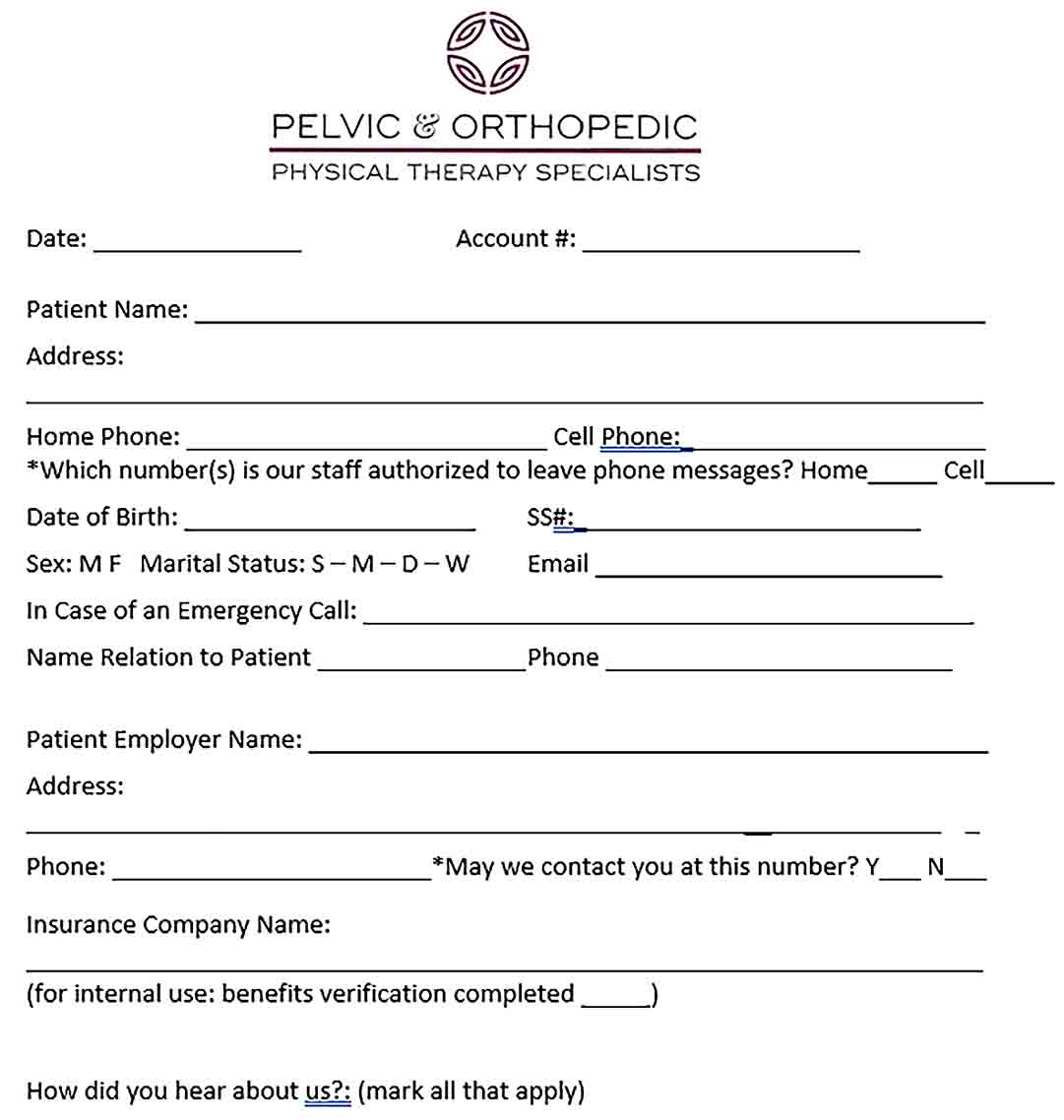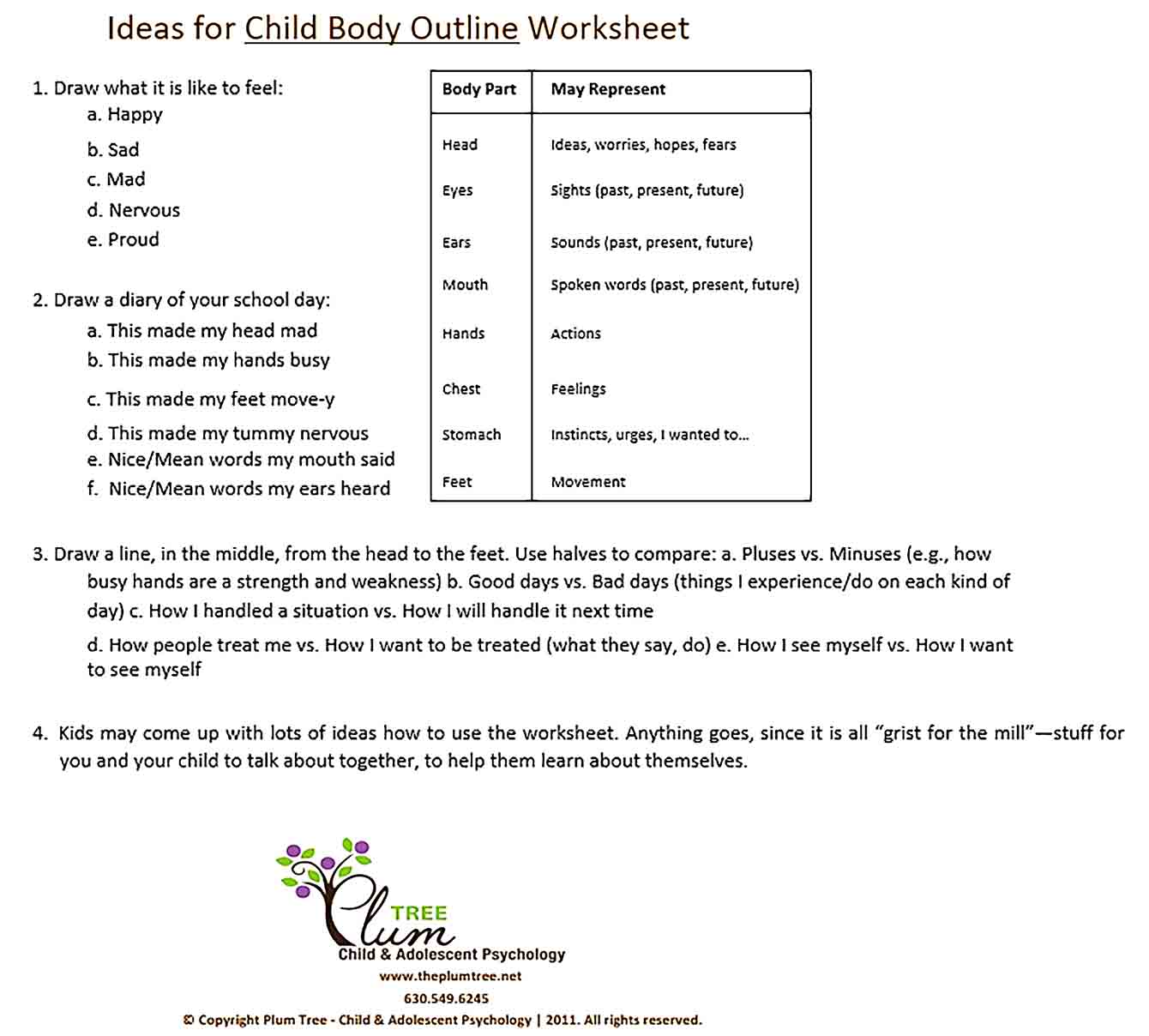Sample Body Outline to Help You Practice Drawing Figures
In most drawing classes or courses, forming a human body is one of the earliest assignments. Human figure provides complexities that have to be learned by the artist to capture other drawing subjects. You can begin your drawing practice journey by using these sample body outline forms. They are designed to help you learn and understand more about human proportions with the details such as head, limbs, torso, knees, etc. to try bringing your drawing to life.

Sample Body Outline Templates
To portray the wonders of the human body, you will need more than one drawing session. A living body, human or animal alike, has the most sophisticated structures. They come with numerous variations, in so many shapes and colors possible. Therefore, do not feel discouraged yet if you’re having trouble drawing a living body first, especially the human body.
You have to build the skill to draw the living body from the basic – as it does with another drawing process. Start with simple skeletons such as a stick or basic figure, then move to the muscle structure, then finally body and face parts in detail. The essential part to grasp is the proportion. Get yourself familiar with the basic proportion figure at the sample body outline templates here, that contain conventional proportion as well as diverse proportion that depends on gender, age, or ethnic background.
Sample Body Outline Elements
Despite all the variations, there are some rules of a well-proportioned figure. Use them as your foundations for proportions. The elements of basic figures are including:
- Head: the typical ideal measurement for proportion is eight heads for the height as the best model to starts with.
- Pelvis: the rough measurement for pelvic proportion is about 1.5 to 2 times the head widths. Now connect the head and pelvis by drawing the spine alignments.
- Legs and knees: the basic sample body outline will feature a standing figure, that has the feet aligned with the hip vertically. Thus, the knee joints should align with the bottom part of knee caps.
- Ribcage: after head and pelvis, ribcage volume is the third important portion of the body. It is better not to attach ribcage and torso because it is where the human movement happened.
- Shoulders: the width of the shoulder is measured about 2 to 3 times the width of the head. It is drawn with slightly curved down but a bit tensed up when in tension.
- Arms, wrists, and hands: wrists are drawn slightly below the hip, and the fingers should end about the mid-thigh length.
Standard Sample Body Outline
It is common to outline the body from the head, but it is doesn’t matter where you started. Start wherever you feel comfortable and confident about the result. Since the body is drawn to be basic, you can freely add any details you want to the outline.
Free Sample Body Outline
These sample body outline templates are a good tool to use if you are currently studying and familiarize yourself with the basic outline of a figure. You may use them for daily practice as you can download any of them for free. 
